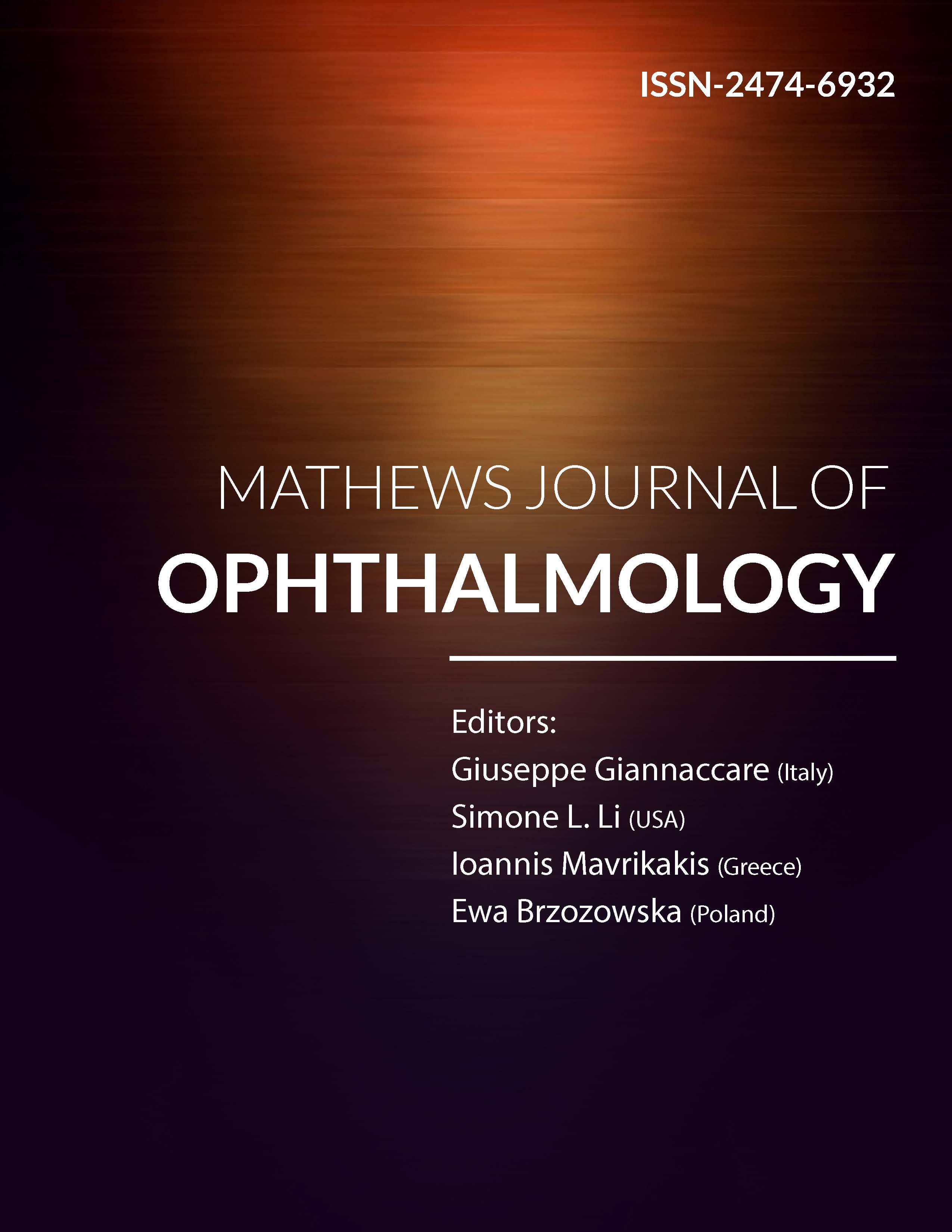
Information Links
Previous Issues Volume 2, Issue 1 - 2017
Juvenile Myopia. Predicting the Progression Rate
Peter R. Greene1*, Antonio Medina2
1B.G.K.T. Consulting Ltd. Bioengineering Huntington, New York.
2Massachusetts Institute of Technology, Research Laboratory of Electronics, Cambridge, Mass, 02139.
Corresponding Author: Peter R Greene, B.G.K.T. Consulting Ltd. Bioengineering Huntington, New York, 11743, Tel: +1 631 935 56 66;E-Mail: [email protected]
Received Date: 24 Dec 2016
Accepted Date: 09 Jan 2017
Published Date: 13 Jan 2017
Copyright © 2017 Greene PR
Citation: Greene PR and Medina A. (2017). Juvenile Myopia. Predicting the Progression Rate. Mathews J Ophthalmol. 2(1): 012.
ABSTRACT
Regression plots are generated showing the strong correlation of myopia onset age with its progression rate, r = -0.77, p< 0.0025, and strong correlation of accumulated myopia 5 years after onset, r = -0.78, p < 0.001. Theory is confirmed, with all subjects showing excellent correlation coefficients, = -0.971, p < 0.005. Myopia progression rates vary from 0.2 to 1.0 diopters (D) per year from one individual to the next. Age of onset for myopia is 10.6 yrs. +/-5.4 yrs. Initial refraction at onset is -1.14 D +/-0.55 D. Practical applications of this work include delaying correction for myopes, and juvenile susceptibility to myopia at various age levels. Feedback Theory predicts the results.
KEYWORDS
Emmetropia; Emmetropization; Myopia; Susceptibility; Feedback Model; Under Correction.